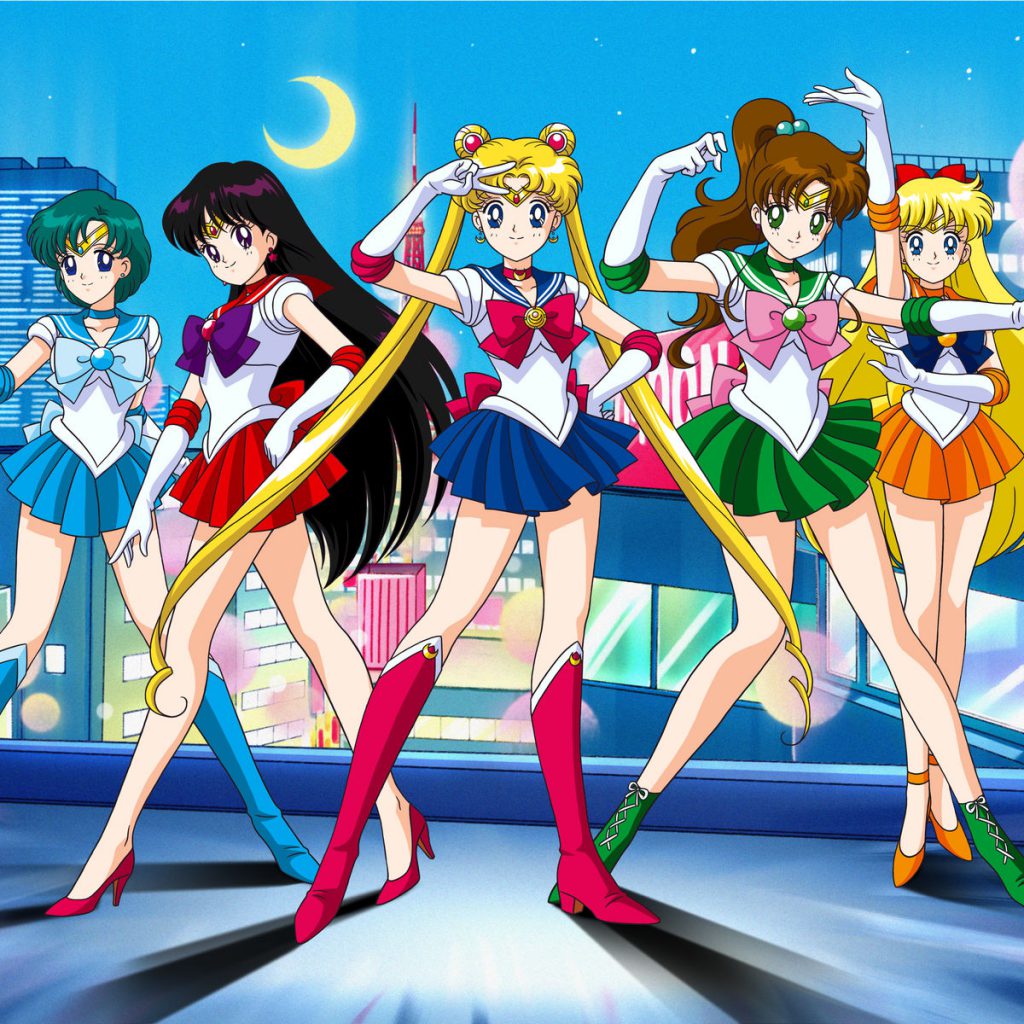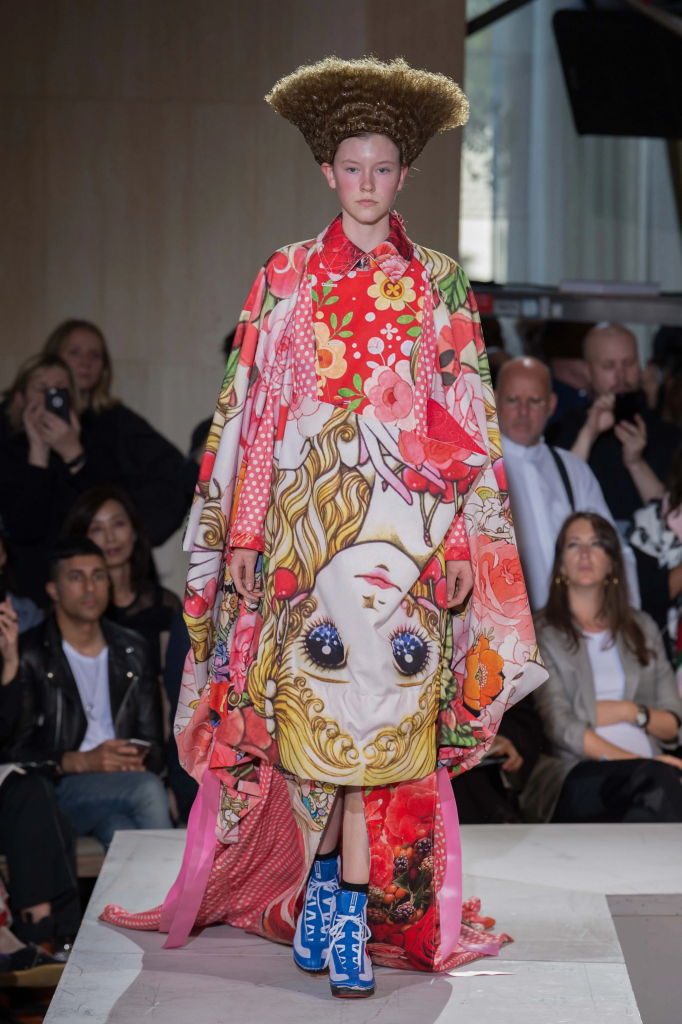Story LIEU CHUONG
Photo INTERNET
Japanese manga have long offered designers a distinctive palette for fashion collections.

Fashion from the world of comics
Manga – comic books and graphic novels from Japan – are an indispensable source of entertainment for both children and adults around the world. Millions of fans are drawn to the lively stories and vivid illustrations of series such as Doraemon, Naruto and One Piece – but manga have also had a long influence on the world of fashion.
Originating from traditional scroll paintings in the 12th century, where artists recorded historical events or mythological stories in Japanese folklore, manga emerged as a distinct form in the 1920s. During this period, they appeared as strips that were widely circulated in newspapers and magazines. At that time, girls often made their own clothes and series such as Jogakusei Fukusō Chō (Schoolgirl Fashion Booklet) by Jun’ichi Nakahara were sought after as a fresh reference for fashion inspiration.
From the 1950s to the 1970s, popular manga by artists such as Macoto Takahashi, Miyako Maki, Masako Watanabe and Eiko Hanamura diversified their subject matter and expanded into youth culture. A connection with fashion was maintained through worlds filled with popular motifs of the time, such as images of ballet dancers and pleated ruffles. More notably, many newspapers attempted to attract readers by offering prizes for recreating the main characters’ outfits.

Into reality
From the 1970s onward, as Japan’s economy boomed and the consumer fashion market took off, manga began to experience significant shifts in plotlines, touching on humanitarian themes and closely aligning with social life. Yukari Ichijo’s work Designer is a quintessential example – not only depicting dazzling fashion, Designer also presents a thrilling story about a woman choosing her own path in pursuing a career.
The “Otome-chikku” (feminine) manga trend, popular from 1975 through the 1980s, serves as another example of the intersection between manga and fashion in Japan. Works within this genre often incorporate youth fads, like Ivy Fashion (fashion inspired by Ivy League universities), into “kawaii” (cute) forms – a style that soon spread globally.
Entering the 1980s-1990s, fashion magazines proliferated in Japan and many readers started to emulate the lifestyles showcased on these pages. This resulted in a somewhat diminished influence of manga on youth fashion – however, the magazines themselves became a new platform for manga artists to showcase their talents. Kyoko Okazaki and Moyoco Anno are two exemplary manga artists who actively contributed their works to fashion magazines: Moyoco Anno’s Jelly Beans was published in CUTiE, and Ai Yazawa’s Paradise Kiss in Ribon. The popularity of these serialized manga series with a fashion theme played a significant role in inspiring readers to create trendy outfits of the time and nurture dreams of pursuing their own careers in design.
The 1990s witnessed the first connection between manga and global fashion, exemplified by Naoko Takeuchi’s famous Sailor Moon. To create various outfits for iconic characters, Naoko drew extensive inspiration from the fashion designs of CHANEL, Dior and Thierry Mugler. A notable example is the image of Princess Serenity in her elegant, flowing silk gown, inspired by a similar design from the Dior Spring/Summer 1992 collection.
In this same period, the trend of cosplay (costume play) gradually gained momentum, developing broadly into a unique subculture among manga enthusiasts known as “otaku.” The otaku culture not only brought a wave of innovation to the approach to fashion among Japanese people but also laid the groundwork for an increasingly significant intersection with high-end fashion houses like Commes des Garcons, Gucci and Louis Vuitton.
Today, manga continues to be a significant source of inspiration for the fashion passion of many young people worldwide. Whether it is captivating motifs on high-end designs or striking prints on T-shirts, the vibrant energy of manga consistently stands out, leaving an impressive and indelible mark.










